Latest Posts
There are many types of bulk memory card
External storage
The mobile phone itself has a certain memory capacity. In order to meet people’s personalized needs for mobile phone memory, many modern bulk brands are equipped with external memory, which is what we usually call a mobile phone memory card. The mobile phone memory card can be used to store data information such as songs, movies, e-books, game software, etc. Now the most common memory card types on the market are MMC, SD, MiniSD, Memory Stick, SM, etc.
Content
1 MMC card 2 SD card 3 miniSD card 4 MS card 5 TF card 6 RSMMC card 7 Plus card 8 mobile card 9 Media card 10 functions
MMC card
The MMC (MultiMedia Card) card was launched in 1997 by SanDisk, who first launched CF, and Germany Siemens. In January 1998, fourteen companies jointly established the MMC Association (MultiMedia Card Association, abbreviated as MMCA), which now has more than 84 members. The development goal of MMC is mainly aimed at digital images, music, bulks, PDAs, e-books, toys and other products. It claims to be the smallest Flash Memory storage card in the world today, with a size of only 32mm x 24mm x 1.4mm. Although it is thicker than SmartMedia, its overall volume is smaller than SmartMedia, and also lighter than SmartMedia, only 1.5 grams. The MMC also implements the storage unit and the controller on the card. The intelligent controller ensures compatibility and flexibility to MMC.
MMC memory card can be divided into two working modes, MMC and SPI, respectively. MMC mode is the standard default mode, with all the characteristics of MMC. The SPI mode is the second optional mode for MMC memory cards. This mode is a subset of the MMC protocol and is mainly used for systems that only need a small number of cards (usually 1) and low data transfer rates (compared with MMC protocol). This mode can minimize the design cost, but the performance is not as good as MMC.
MMC is designed as a low-cost data platform and communication medium. Its interface design is very simple: only 7 pins! The cost of the interface is less than $0.5, while the interface cost of both SmartMedia and Memory Stick is over $1. In the interface, the power supply needs 3-pin, data operation only needs a 3-pin serial bus (SPI mode needs 1 more pin to select chip).
The operating voltage of the MMC is 2.7V to 3.6V, the writing/reading current is only 27mA and 23mA, and the power consumption is very low. Its reading and writing modes include streaming, multi-block and single-block. The minimum data transmit unit is blocks, and the default block size is 512 bytes.
SD card
SD card is Secure Digital Card, and is jointly developed by Panasonic Corporation, Toshiba Corporation and US’s SANDISK Corporation. It is the type of memory cards with large capacity, high performance, and very secure. Compared with MMC cards, it has an additional password authentication function (SDMI specification) for data copyright protection. This type of card is mainly used in Panasonic digital cameras, cameras, Canon and Sharp cameras, Kodak, Minolta, Casio digital cameras and other manufacturers. Its size is 32mm × 24mm × 2.1mm, which is slightly thicker than MMC card, but the capacity is much larger, and the 1G capacity version has been produced. The reading and writing speed of this card is 4 times faster than that of MMC cards, reaching 2MB/sec. At the same time, it is compatible with MMC cards, and most of the SD card slots support MMC cards.
After that, RS-SD (Reduce size SD), mini-SD, etc. appeared.
Mini SD Card: Its full name is Mini Secure Digital Memory Card. The miniSD card is developed from the SD card, and the performance is about the same as traditional SD card. Like SD card, miniSD card has a data transfer speed of 2MB per second. Like traditional SD card, miniSD card also has hardware data writing protection switch to avoid the risk of accidentally delete your stored content. The characteristics of miniSD card are small size (only 21.5×20×1.4mm, which is 40% smaller than the original SD card), stable performance, can be used with special adapters, and is fully compatible with standard SD card slots. Moreover, miniSD card adopts a low power consumption design, which is more suitable for mobile communication equipment than SD card. So, miniSD card is mainly used on information terminals like bulks, PDAs and tablets.
Now Panasonic has launched a single-load 4GB SD card.
Mini SD memory card
The mini-SD card is developed based on the foundation of Flash Memory Card used in digital cameras, PDAs, etc. It is a memory card that is smaller and more suitable smaller devices. Although the mini-SD card is different in size and interface shape from the original SD card, their electrical standards such as the interface are the same to ensure compatibility. Insert the mini-SD card into a special adapter, you can read and write the mini-SD card through the original SD card slot. However, mini-SD card does not have a write-resistant lock down function like SD cards.
The interface of the mini-SD card is 2 more than the 9 interface of the SD card, that is a total of 11 signal lines (Figure 4). The extra 2 signal lines of the mini-SD card are prepared for future expansion. For example, it can be used for antenna connection for short-range wireless communication such as non-contact ICs. The remaining 9 signal lines of the mini-SD card are the same standard signal lines as the original SD card.
Mini-SD card is a small SD card specially designed for bulks and other digital devices. Compared with SD card, Mini-SD card is more compact in size. In the field of SD cards and Mini-SD cards, Panasonic is the industry standards a promoter and a major product provider.
MS card
SONY Memory Stick (referred to as MS card)
Memory Stick card
Since SONY announced the development of Memory Stick in July 1997, Memory Stick has been fully used in Sony’s full series of products. Products with capacity of 4M to 128M can all be used in differently in SONY’s own products. With the richest digital equipment product lines, SONY even tries to make this Flash Memory an industry standard. SONY named it memory stick in Chinese itself, but its actual size is 50mm x 21.5mm x 0.28mm and weighs only 4 grams. The connector is a single flat 10-pin connector with separate pin sockets and has a write-protection switch. With the increasingly stressed demand for copyright protection, in December 1999, Sony launched a new MagicGate Memory Stick. The main change is that it adds Sony’s patented copyright protection technology called MagicGate, which complies with the SDMI standard.
SONY Memory Stick card is divided into three specifications due to their different dimensions, namely Memory Stick, Memory Stick PRO, and Memory Stick DUO. At present, the capacity of Memory Stick is between 16MB and 128MB, the capacity of Memory Stick Pro is between 256MB and 1GB, it can reach 32GB in the future, and the capacity of Memory Stick DUO is the smallest, between 16MB-32MB. Through an adapter, Memory Stick can be inserted into the card slot like the original MS card.
The MS PRO is a high-end product in the MS family. Although the shape is the same as the MS card, it has higher transfer speeds, with a minimum recording speed of 15Mbps. It can be adapted to record continuous dynamic images.
TF card
Speaking of microSD, we have to mention the T-Flash card (ie TransFlash) launched by Sandisk and Motorola in 2004. The microSD card standard was formulated by the SD Association in 2005 with reference to the relevant standards of T-Flash, thus microSD is compatible with T-Flash. Compared with miniSD, microSD is more compact (11mm×15mm×1.0mm), it is only about a quarter of the standard SD card, and it is the smallest memory card in the market. Likewise, microSD can also be used as a standard SD card through an adapter card, also called TF card, T-Flash card.
RSMMC card
RS-MMC (Reduced Size Multi Media Card): RS-MMC is a memory card specially designed for multimedia products such as bulks. It was launched by the MMC Association in 2002. RS-MMC is much smaller than MMC, and it can be converted into a standard MMC card with a special adapter.
MMC Plus card
MMC Plus: In September 2004, the MMC Association launched MMC Plus and MMC Moblie. The size of the MMC Plus card is the same as the ordinary MMC card, and it has a faster reading speed. When it works at a frequency of 52MHz and adopts the 8-bit data bandwidth mode, the data transfer rate can reach up to 52MB/s, which can meet the requirements of digital video storage and other data-intensive applications, such as high-end digital cameras, digital video cameras, etc. At present, some manufacturers have also launched low-voltage MMC Plus cards.
MMC mobile card
MMC mobile: MMC mobile card is also known as dual voltage RS-MMC. In order to obtain better power-saving performance, MMC Association has launched a memory card that not only can work under low voltage, but is also compatible with the original RS-MMC card, that is MMC mobile card. It can operate undue two voltage mode, 1.65~19.5V and 2.7~3.6V, respectively. The theoretical transfer speed can reach up to 52MB/s. you should know that the size of MMC Mobile is exactly the same as that of RS-MMC. The only difference is that MMC Mobile has 13 golden fingers. Don’t mess them up when purchasing.
Media card
Smart Media, smart media card, a storage medium. The SM card adopts SSFDG/Flash memory card, which is ultra-small, ultra-thin and ultra-light. Its size is 37 (length) × 45 (width) × 0.76 (thickness) mm, the weighs only 1.8g. Its power consumption is low and can be upgraded easily. The SM convert card also has a PCMCIA interface, which is convenient for users to transfer data.
The SM card is a small memory card launched by a Japanese company, Toshiba. It has a 22-pin interface, a size of 45mm × 37mm × 0.9mm, and a weight of about 1.8g. Unlike most digital memory cards, the SM card is made of plastic, and the controller is built into the digital camera. But because of the poor compatibility of the camera, it has not been widely promoted by manufacturers. The maximum capacity of the product is also very limited, with a maximum storage capacity of only 128MB. Most of the old digital cameras produced by Olympus and Fuji use SM memory cards, and the new digital cameras no longer uses products with SM memory cards.
Function
It can expand the storage capacity of your phone, store data\files\photos\software\games, etc. In theory, a larger card is better for storage, (because there are larger available space)
But the fact is that, larger memory cards is not always better, it all depends on the actual situation of your bulk. The speed of some bulks may be affected when connect with an external “big card”.







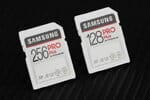
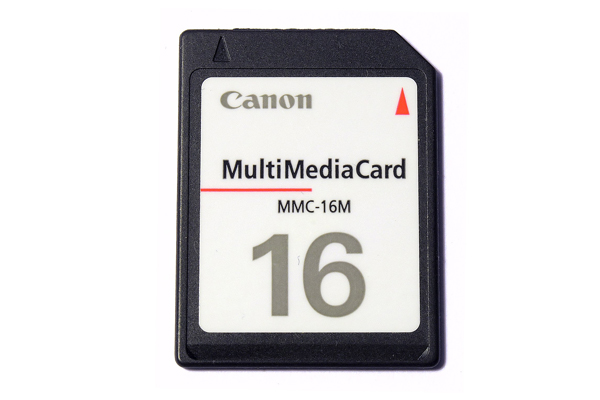
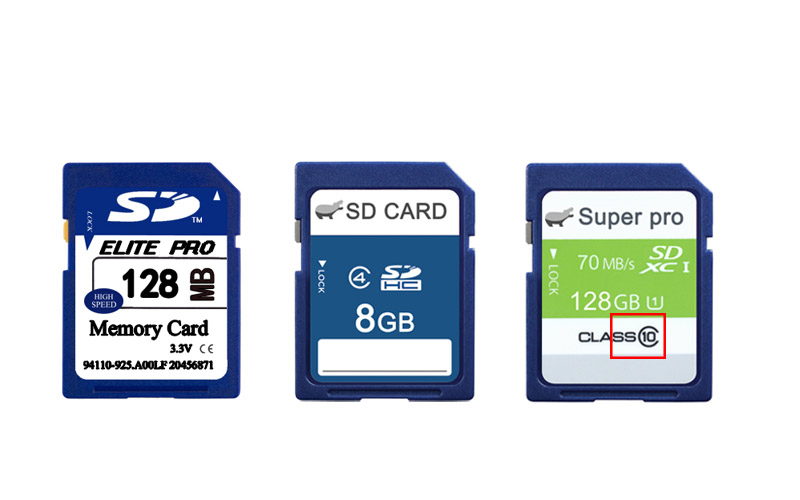
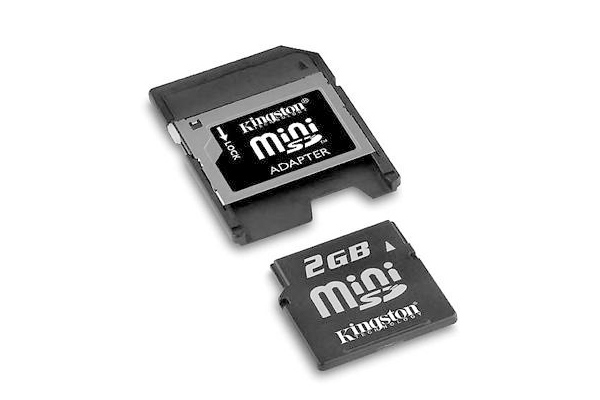
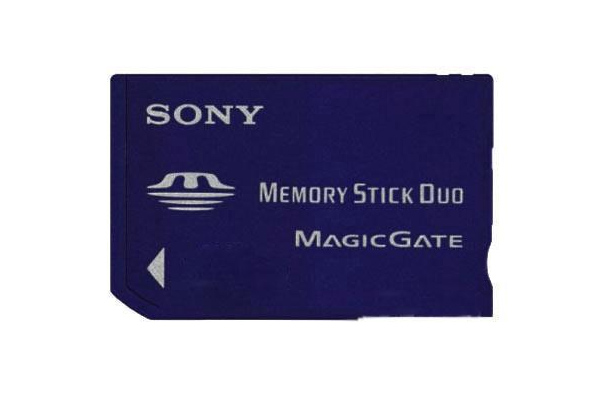
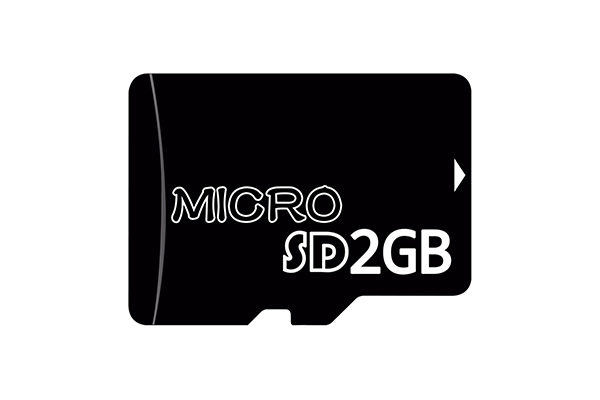
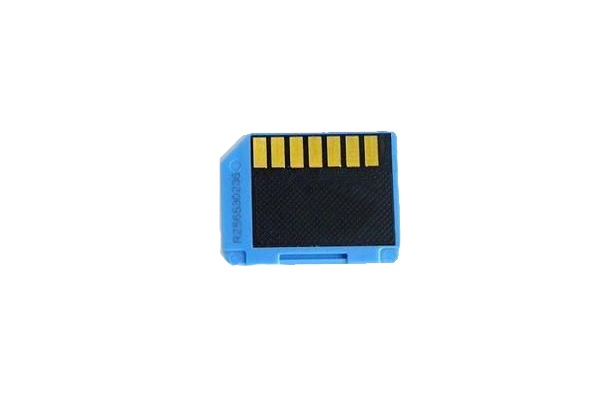
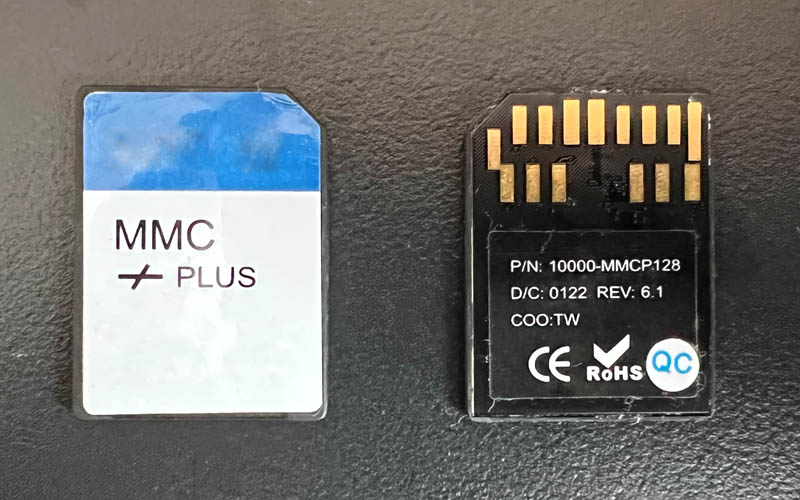
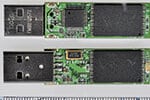
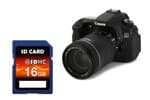
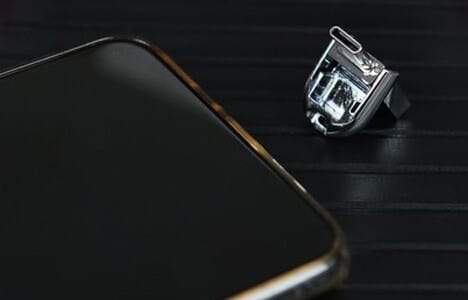
Leave a comment